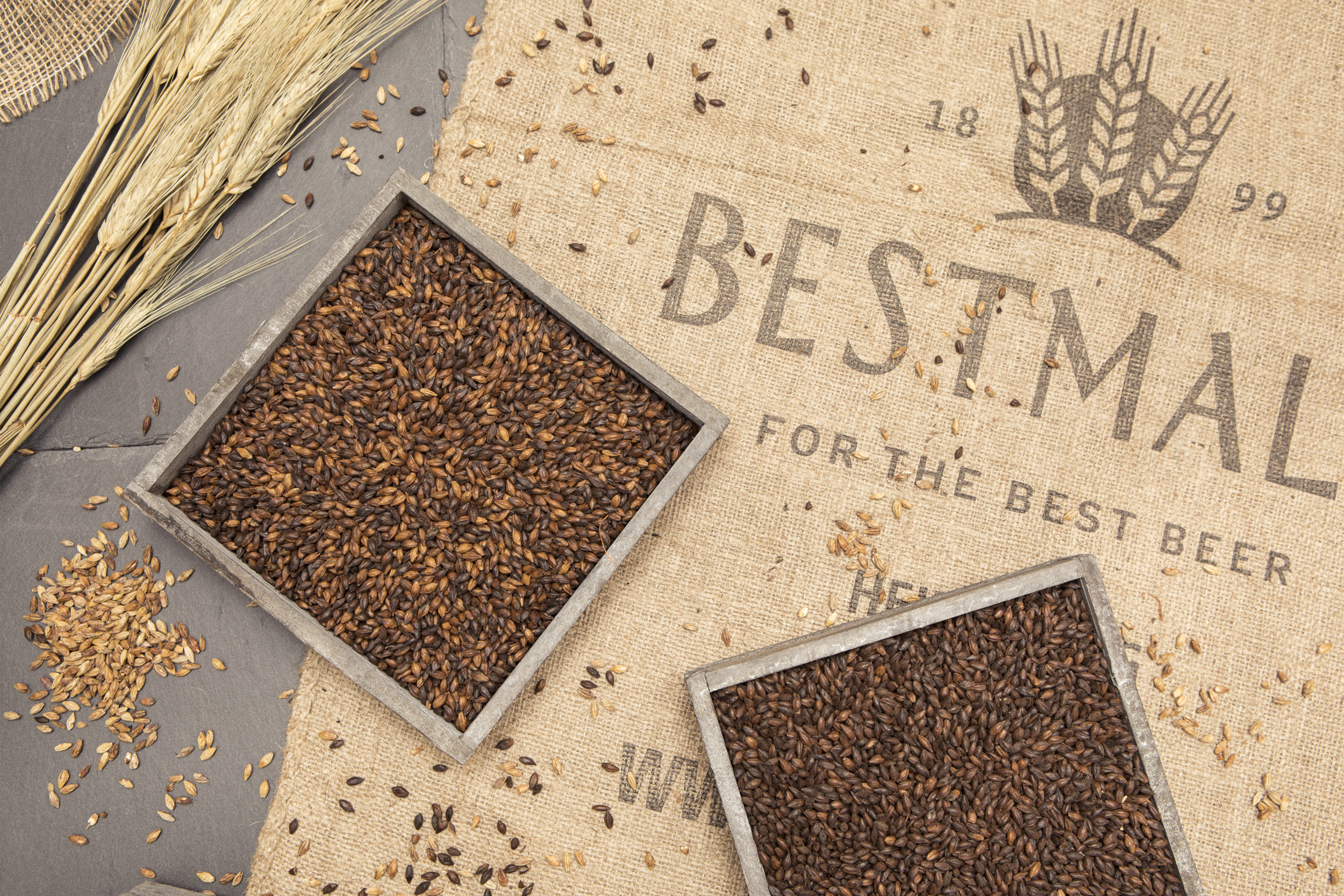The craft beer trend has breathed new life into malt: Special beers demand a corresponding malt. But in fact, special malts have always been around. So what is new about this latest trend? What makes a special or craft malt stand out?
Basically, pale base malts like Pilsen or light-colored wheat malts are the real innovations of the past century. After all, in the old days, producing malt of the consistent high quality we are used to today was out of the question.
Back then: malt with heterogeneous properties
On the one hand, it was impossible to achieve today’s high standards in terms of raw material: The brewer’s barley used at the time was usually a blend of different sorts with variable characteristics. Nowadays, however, the basis for homogeneous malt is much better defined thanks to selective and systematic cultivation and a consensus – often across different countries – on fewer malts. On the other hand, the processing methods applied back then automatically produced malts that would nowadays be called “special”: Up into the 19th century, coal, wood or peat were often used for kiln-drying, depending on the region, resulting in various kinds of smoked malts, for example.
Today: greater specialization and uniform quality
It was not until pneumatic malting was invented, allowing maltsters to reliably control the color of their malt and produce malt on an industrial scale, that the blond, bottom-fermented beers from Pilsen invented a few years previously became so successful. Moreover, with the emergence of large breweries from the mid-19th century onwards, brewing and malting were increasingly separated and malthouses began to specialize in malt production. This again resulted in more automated processes and standardized base malts – a prerequisite for major beer brands to reproduce the taste and look of their beers.
Special malts now and then
However, for beers other than these standard types, it has long been common to develop special malts with particular characteristics in terms of flavor, color and processing properties, for example caramel or roasted malts. After all, microbreweries are not a completely new development, and they have always enjoyed greater freedom in formulating their recipes. Thanks to the popularity of craft beers, there is now greater demand for malts that can be used to create even more unusual beers. In the course of this development, the choice of malts has grown and the demands on malthouses have further increased.
Craft beer creates diversity
Thanks to the craft beer hype, beer has become more interesting and also more highly valued. As a result, there are now beer-sampling events, and it has become the subject of discussions and reports – even though craft beer in Germany (depending on how the term is defined) only accounts for around an estimated one percent of total sales. But it is becoming more popular, and makes up a large percentage of new beer types. This development is also interesting for brewers, who can now create unusual beers much better using special and craft malts and thus set themselves apart from the crowd. Although the wider choice of malt types helps in brewing special beers, it still takes courage to be more experimental and try out more unusual recipes. Whereas formerly, master brewers were only allowed to brew a few types of beer without changing the recipe much, they now have more freedom and choice when it comes to different flavors and colors.
BESTMALZ special and craft malts
We at BESTMALZ have been developing special and craft malts for some ten years. They now make up almost half of our annual production. To encourage the development of new malts, we set up a Malt Innovation Center in 2015. Together with representatives from the relevant sectors (brewing, food and beverage industries), we pursue various research projects to develop innovative malts for different purposes. Developing a new malt involves numerous trials and tests, as well as a pilot brewery that experiments with brews in different compositions to test the new malt in the end product.
What makes a good craft malt
First, a craft malt has to satisfy the general requirements of a good malt with a magical blend of four elements. Craft malts are developed on customer request, e.g. from the craft beer scene, and give the beer a unique, handcrafted character. Most special and craft malts therefore supplement the grain bill, lending the recipe a certain quality. However, a few can also make up 100 percent of the grain bill.

